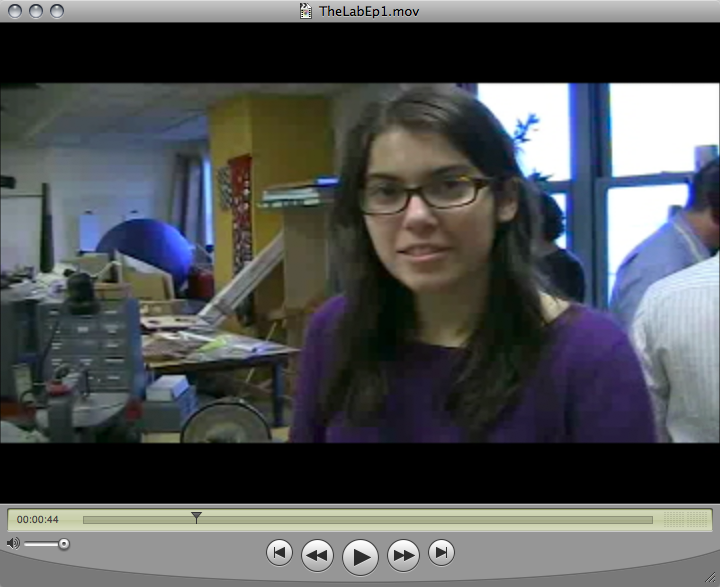Video Production
Creating videos for or about your team can be fun or can very tedious. Whether your experience are one or the other is dependent on how you carry out all the parts of the video production process.
Pre-production
The first element of the video production process is pre-production. You should ask yourself a) what you want to do, b) what resources you need to produce the video, and c) what deadlines do you need to meet by when. By doing this, you avoid wasting valuable time and energy filming unnecessary things and stay on task.
The requirements for a video change depending on what the video is about. This means getting into the head of your audience. If your audience is potential sponsors, you should show the value of sponsoring your team. If your audience is the general public, esoteric robotics in-jokes will probably not be interesting to them.
One way of organizing your thoughts is by outlining and storyboarding. Storyboarding is a visual way of depicting what you want the video to look like in comic-book like frames. In all probability, you won’t be able to control what your team does when you film, but it still helps to know what you’re looking for.
Shooting
When shooting footage, you should have a good sense of what you want in the final video, since the footage is the raw material. Though it’s fun to shoot random stuff that’s funny, if you’re making a serious promotional video that just won’t fly. Remember, every hour of footage requires double or triple the time to sort through and edit if you have a lot of it.
Though it may not seem like a big deal when you’re shooting, remember to keep a steady hand. For viewers, watching shaky footage is really disorienting. When possible, try to shoot people’s faces from the front, and avoid moving quickly from object to object too quickly.
There are two types of footage that you’ll shoot when you’re taking footage for your video. The first type is called A-roll, which is basically all the direct interview or footage of people directly addressing the camera. The second type is called B-roll, which is footage which shows action on screen, shows the setting of your video, or otherwise helps explain what the A-roll is showing. For example, if somebody is talking about some part of the robot failing or something, you should go back and take footage of that part of the robot.
Editing
Making Videos for the Audience
Generally, videos for web should be short and concise. Within the first 30 seconds, you should get the attention of your audience, and from then on you need to keep the video interesting.

A-roll

B-roll
How to use A-roll and B-roll
The left frame is A-roll of our Director of Strategy talking about the 2010 game, Breakaway. As she’s talking, you can place B-roll of the game animation over the video while the sound from the A-roll continues.
Editing - Programs
For most videos, a basic consumer videoediting program like Windows Movie Maker (free) or iMovie (not free) should work just fine. However, if you’d like to take a more professional approach, you can use professional videoediting software like Adobe Premiere, Final Cut Pro, Sony Vegas, or AVID. These programs offer much finer control over video and audio, effects, and other features, but also cost a large amount of money. If you’re lucky, you can maybe get a team parent to donate a copy.